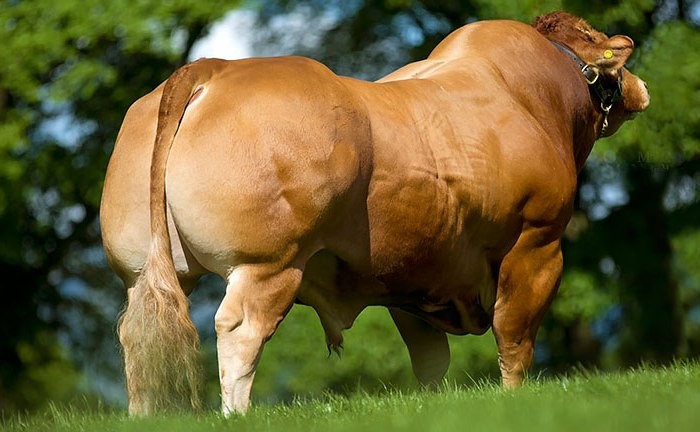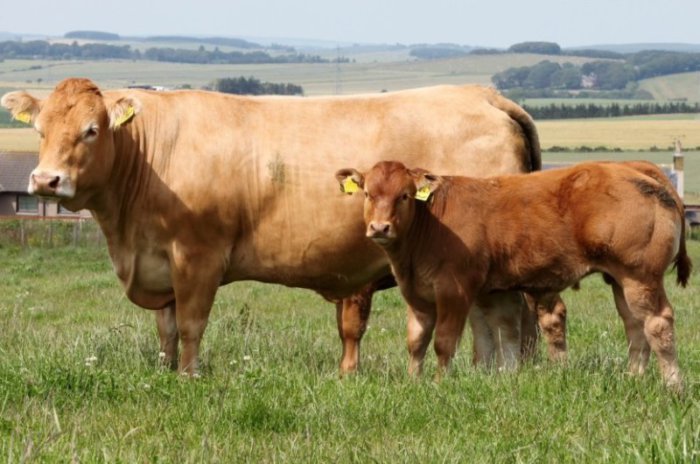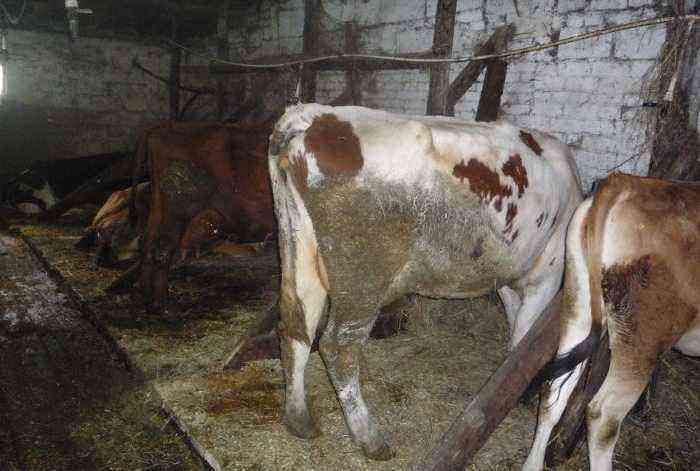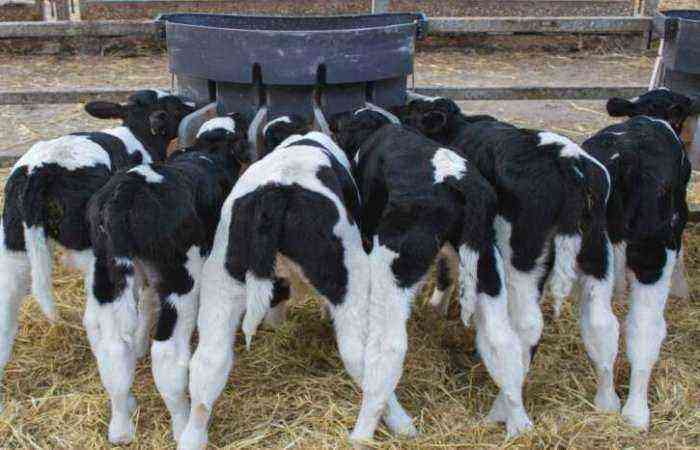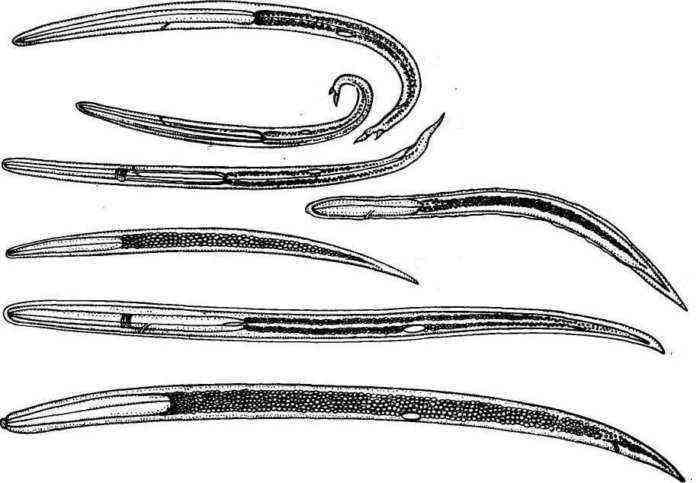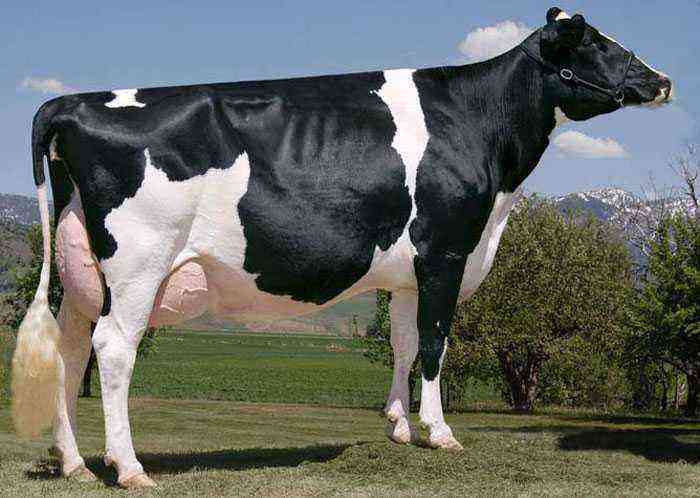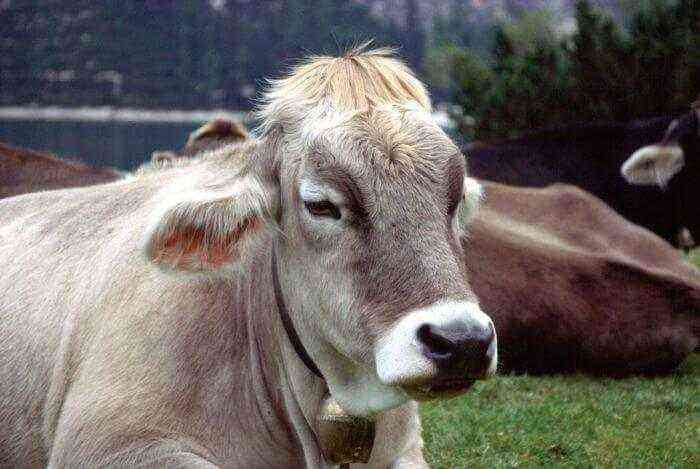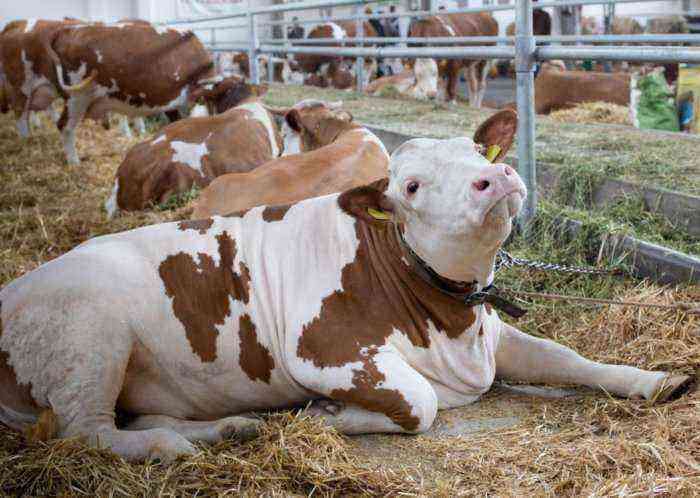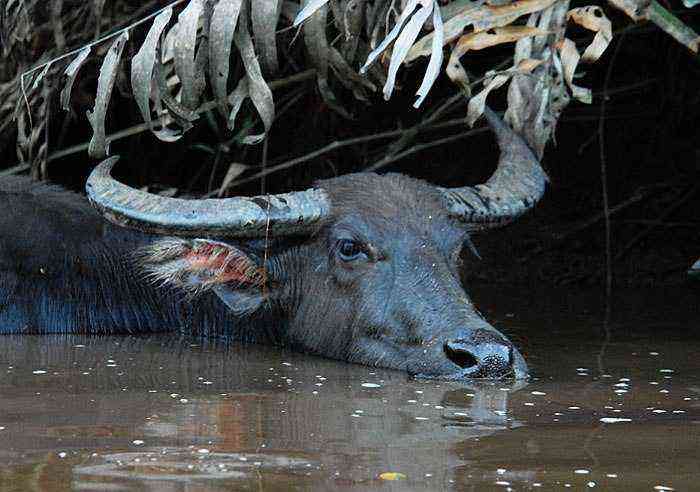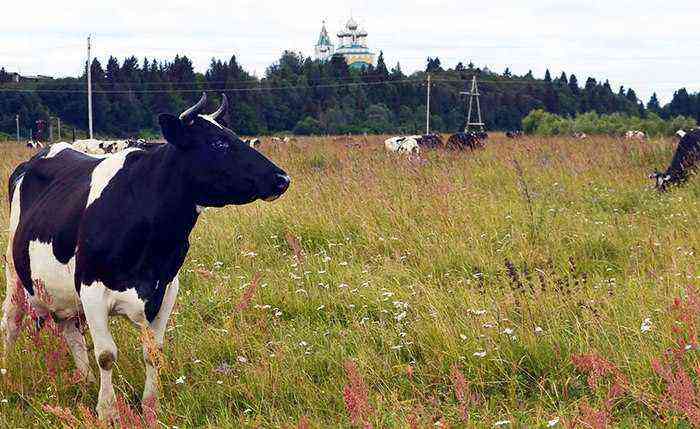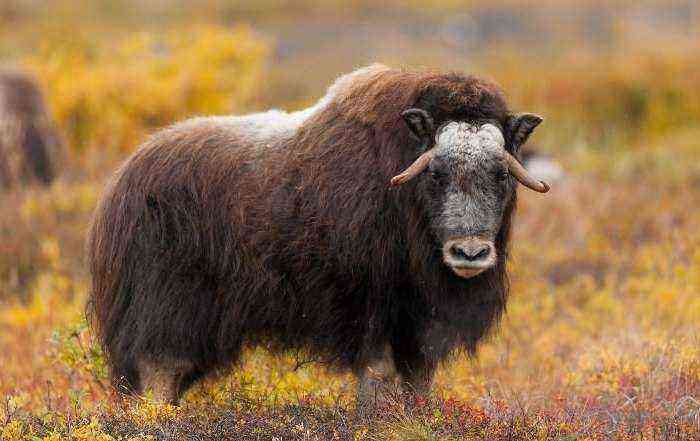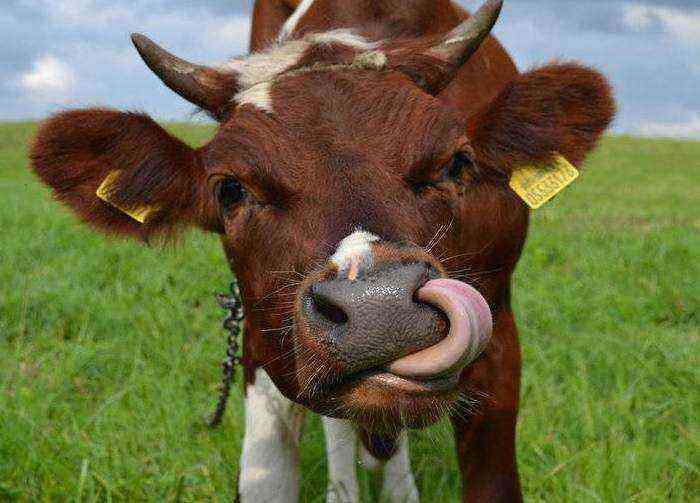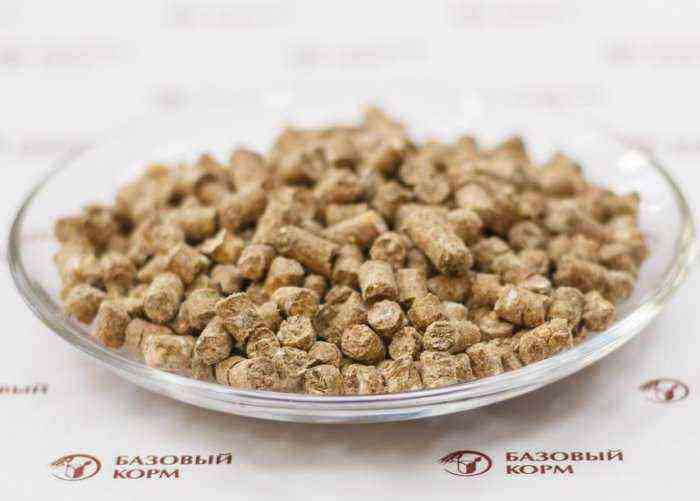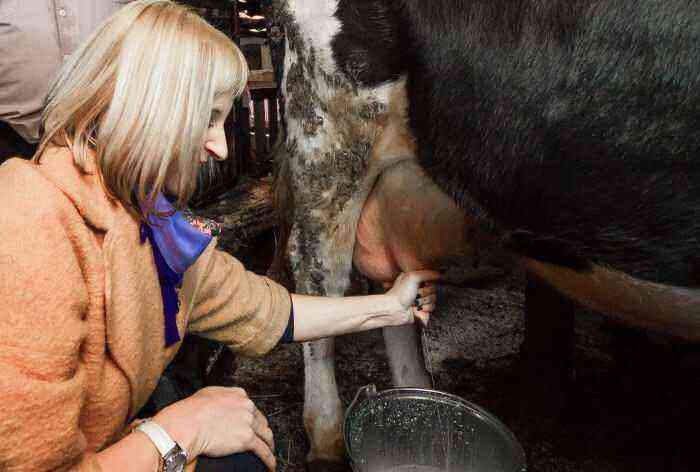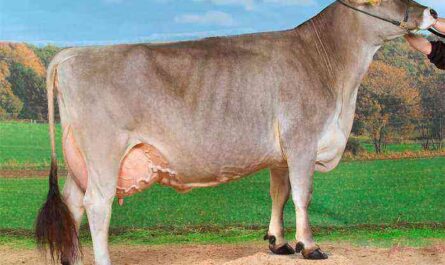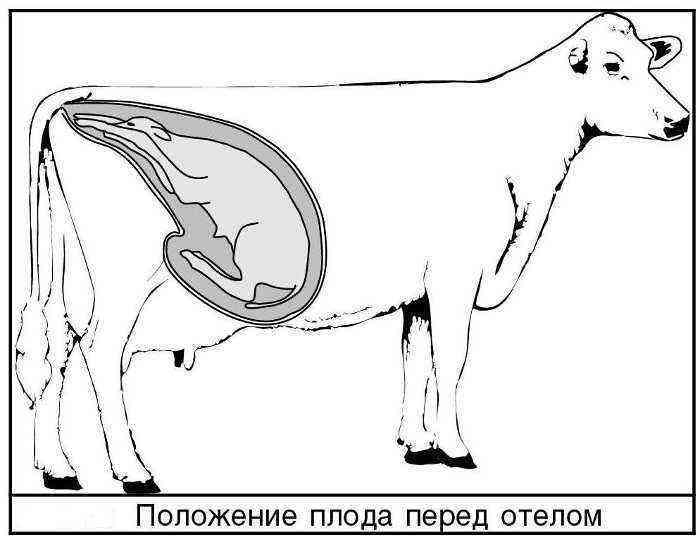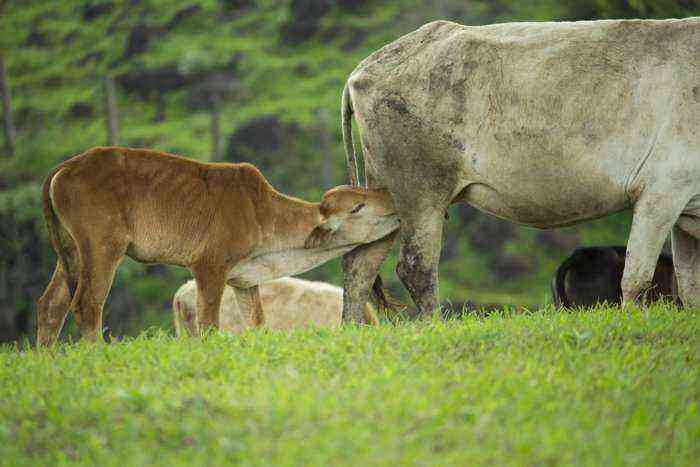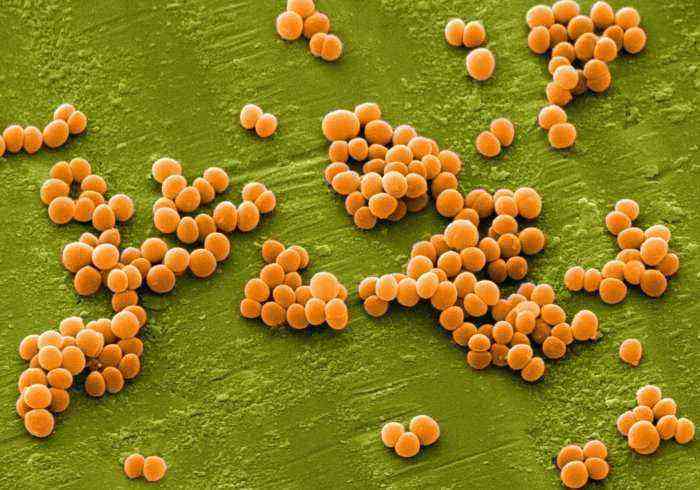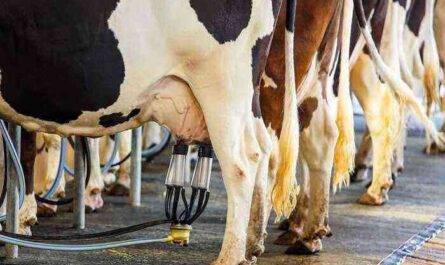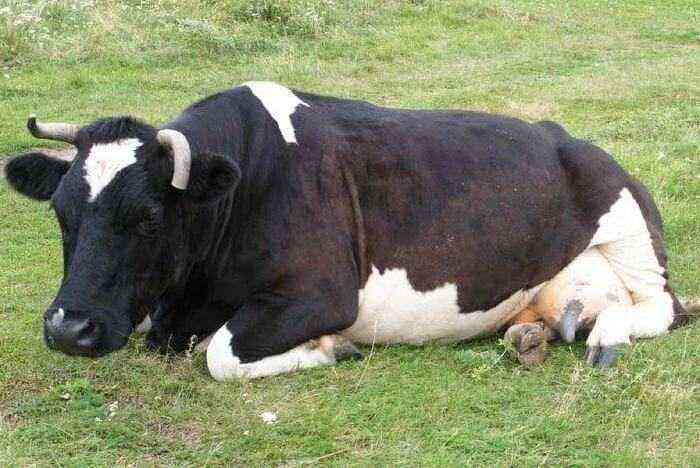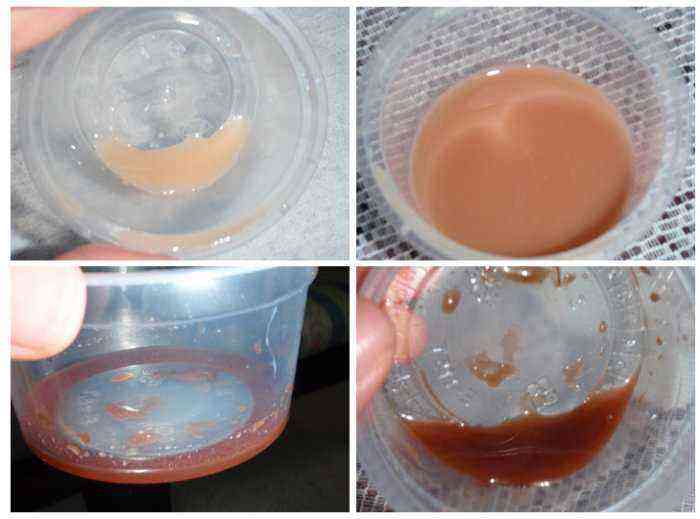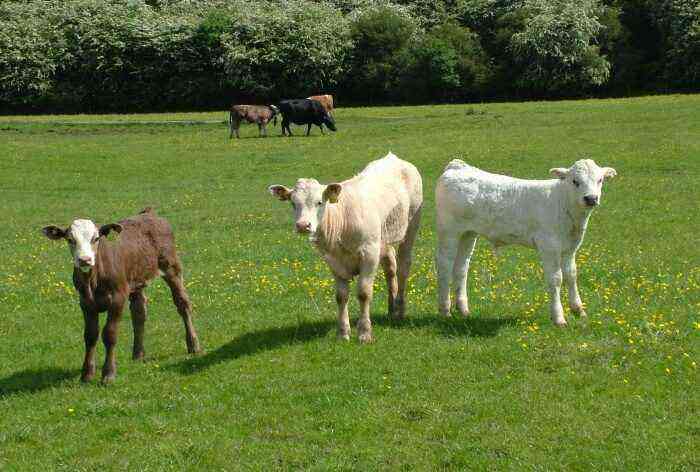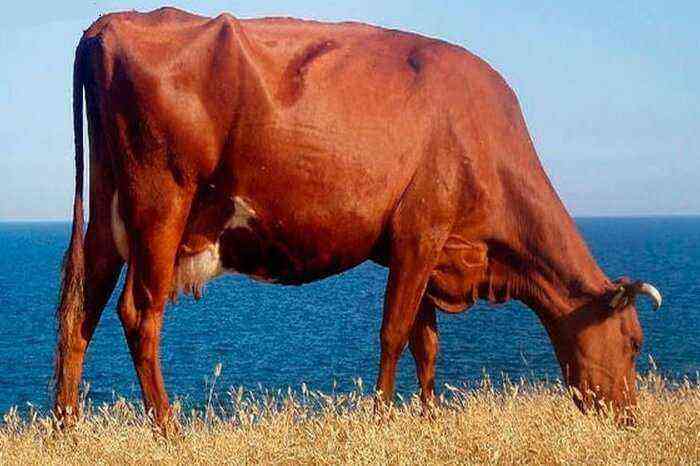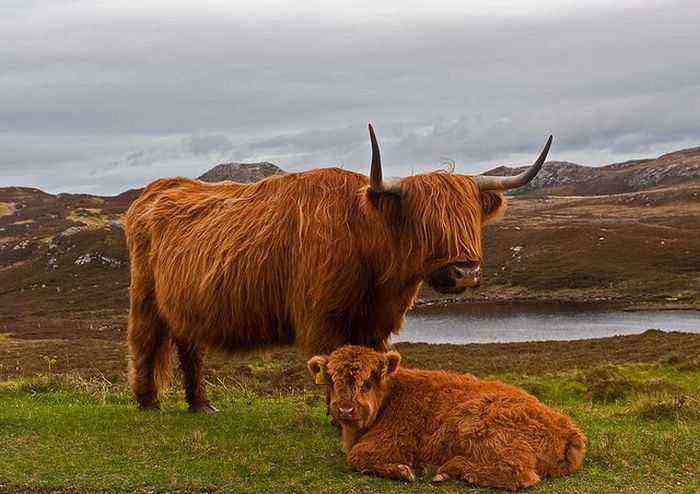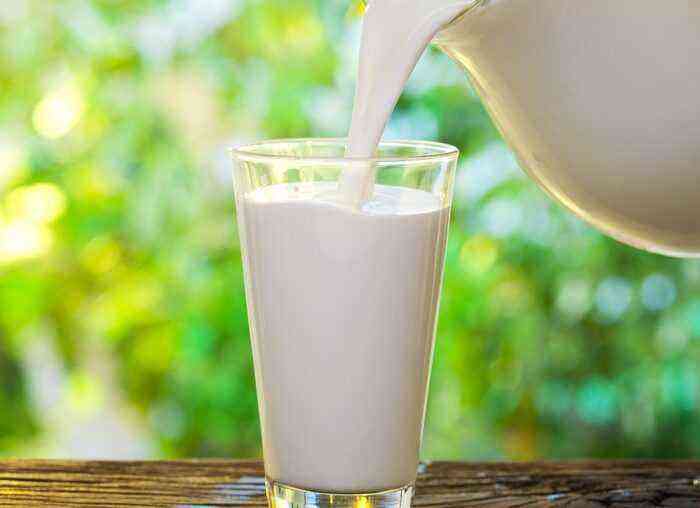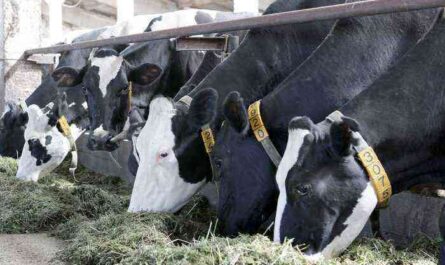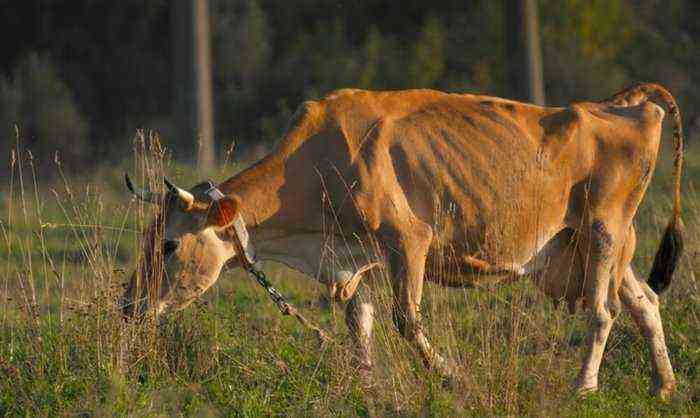The Limousin breed of cows has gained wide popularity among world breeders due to its meat productivity and the highest quality of meat. In addition, in domestic open spaces, such cattle are also used to improve the characteristics of many local varieties. To date, limousine cows suggest several subtypes, each of which has its own characteristics.
Limousin cow with calf
Characterization
In domestic open spaces, the limousine cow breed is still a curiosity, so only a few breeders are aware of the origin and characteristics of such cattle.
Origin
For the first time, representatives of this breed line were bred by French breeders back in the 30th century. The province of Limousin is considered to be the birthplace of cattle, and the original purpose of the breeding work was to increase the resistance of local varieties of cattle to cold winters, which are far from uncommon in the region. And the results paid off, the limo cows feel great even at a temperature of -XNUMX degrees.
It is worth noting that in its original form, Limousin cattle belonged to the meat and dairy direction. But, further efforts of breeders made it possible to turn it into exclusively meat.
Limousine bulls appeared at famous French exhibitions only at the beginning of the XNUMXth century. And by the middle of the century, a pedigree book appeared, in which a strict record of the livestock was kept.
Today, further improvement of the meat qualities of such cattle continues. At the same time, in France, the meat of a cow from Limousin is considered a delicacy and is regularly used in the most famous restaurants in the country.
Appearance
Like any other meat breed, the limousine is massive and has the right physique. The characteristic features of the exterior of the animal include the following signs:
- red suit, which in some cases is complemented by light spots on the inside of the limbs, peritoneum and tail;
- the head is small;
- the neck is short but massive;
- the back is straight with pronounced muscles;
- the chest is wide;
- muscles on the hind legs are especially strongly developed;
- cows have an underdeveloped udder.
Limousin bull
As for the live weight of livestock, the average weight of a cow is 600 kg on average. For a bull, this figure increases to 1000 kg or more (depending on the characteristics of the diet). Individual specimens, which are grown specifically for breeding, can weigh up to 1300 kg. The height of an adult female is 130 cm at the withers.
Productivity
For a beef breed, the Limousin cow gives quite a lot of milk. The average annual milk yield per cow is 1800 liters. The resulting milk contains at least 4% protein and about 5% fat.
But the lack of dairy products, representatives of the pedigree line more than cover meat. The live weight of a newborn calf is, as a rule, not less than 40 kg. With proper feeding, the daily weight gain of a calf can reach up to 1000 g. This allows you to raise the weight of the animal to 6-300 kg by the age of 350 months. At 15 months, a bull can reach 550 kg.
Tellingly, the yield of meat from the live weight of limousines is 60-65%, and the sebaceous layer in the meat product is only 7-10%. It is she who provides the meat with marbling, which is so valued in cooking.
Advantages
Of course, cow limousines have gained wide popularity due to the wide list of advantages that they possess. Among the main such advantages of the breed to the fore are:
- Unpretentiousness to the conditions of detention and feeding. Due to the climatic conditions of the Limousin in which the cows were raised, they are well adapted to keeping in cold regions and can graze even in mountain meadows with sparse vegetation.
- Good survival and precocity of young. Already by the age of one year, the meat acquires such a valuable marbling and the animal is ready for slaughter.
- High fertility, which can reach 90-95%.
- Immunity to most diseases that other breeds of cattle are prone to.
- Rapid adaptation to different climatic conditions.
- High yield of gourmet meat from the live weight of the animal.
High fertility in the breed
It is also worth noting that calving in limousine cows is easy and does not require serious intervention from the owner or attendants.
How to care for the breed?
Cattle limousine does not imply special requirements for care and maintenance. But, in order to achieve maximum weight gain and high quality meat, certain points are still required. These include:
- balanced regular feeding;
- enough free space in the barn;
- high-quality ventilation;
- lack of drafts in livestock buildings;
- regular cleaning of the stalls from the remnants of feed and manure.
It is also important to behave correctly with animals of this breed, since at certain periods of their lives they can show a high level of aggression. In gobies, this happens at the beginning of pasture to pasture after winter stall maintenance. In females, aggressive behavior is associated with a developed maternal instinct. Therefore, careless actions in the presence of a calf can provoke attacks from the mother.
As for feeding, one animal of this species consumes at least 70 kg of feed per day. The basis of the diet for a good mass gain and maintaining the quality of meat are:
- hay;
- roots;
- a small amount of concentrated food.
Pasture grazing is entered into the feeding plan according to the selected type of fattening. With intensive fattening, the main food for bulls is concentrates, and the animal itself is kept in small pens that prevent excessive physical activity.
Green pasture grass is used as a base
In the case of extensive feeding, the weight of cows does not increase so quickly, but feed is consumed more economically. Green pasture grass is used as a base.
Important! Drink limousines should be at least 2 times a day with plenty of clean water.
Conclusion
The Limousin breed is distinguished by a high yield of high-quality marbled beef and unpretentiousness in terms of care. It was these qualities that made her popular in France, Great Britain and a number of other countries. Breeding such cows due to the value of meat is quite cost-effective and can bring considerable income to the farm owner.
